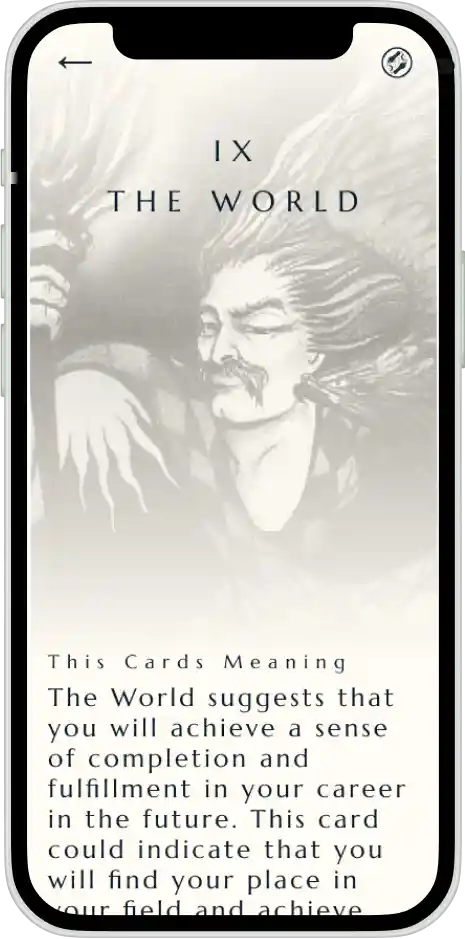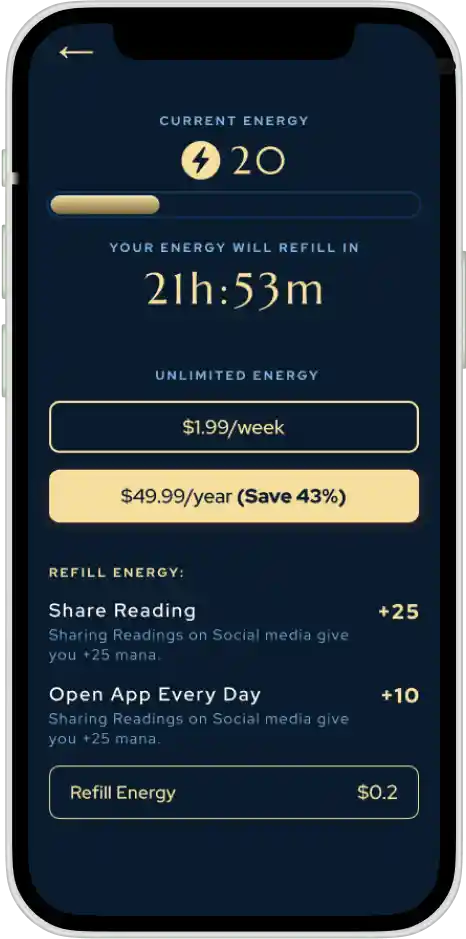MirAI Readings
AI Powered Personalised Tarot Readings
Project Website

Deliverables
UI/UX Design • Visual Design
Client
MirAI by @KittyPlays
Year
2023 - 2024
Introduction
In the realm of mobile applications, MirAI embarked on a mission to cater to spiritual and open-minded individuals by offering a unique and personalized tarot card reading experience. MirAI is an AI-powered tarot reading application that provides unique responses and generative imagery to provide a personalised Tarot reading experience.
My Role
I worked as a solo generalist designer. I was responsible for the product design, visual design, UX/UI design and the brand design. I was also responsible to research technologies that can be used to achieve the goals.
The Challenge
Traditional tarot readings have always been limited—either in-person, requiring a lot of effort and cost, or online, but lacking in personalization. Most existing tarot apps offer generic readings, leaving users feeling disconnected.
This gap presented a unique opportunity: to leverage AI, specifically language models (LLMs) like ChatGPT and Llama 2, to deliver highly personalized readings. But we didn’t stop there. We also wanted to generate real-time, unique tarot card images for each user.
Design Process
The Analysis: Understanding the Competition
I started by diving into the world of tarot apps to see what was out there. Through competitive analysis, I identified gaps that MirAI could fill. Our edge? Personalization, powered by AI.
I aimed to offer features that other apps couldn’t match—custom decks, multiple card spreads, detailed reading logs, extensive customization options, and easy sharing on social media.

Ideation: Bringing MirAI’s Vision to Life
The vision for MirAI was clear: to deliver tarot readings that felt uniquely yours. We knew AI LLMs could generate personalized responses, but we also needed a solution for creating custom tarot images in real time. That’s where generative AI came in.
Researching AI LLMs: Finding the Right Fit
I researched several AI language models, including ChatGPT and Llama, to understand how they could generate the personalized responses we needed. ChatGPT’s API made it a strong contender, while Llama’s open-source nature required more fine-tuning to get the right results.

Generative AI: Creating Tarot Imagery

Designing the User Experience: Flow and Architecture
I designed the user flow and information architecture for MirAI, ensuring a seamless journey from the moment users opened the app. The focus was on easy access to tarot readings, intuitive customization options, and smooth navigation. The goal was to create a platform that was as engaging as it was user-friendly.

Brand Design: Giving an Identity to Mirai
Crafting the brand identity for Mirai involved creating a visual and conceptual language that reflects its innovative spirit and forward-thinking approach. The brand design emphasizes sleek, modern aesthetics combined with elements that convey trust, reliability, and technological sophistication.























